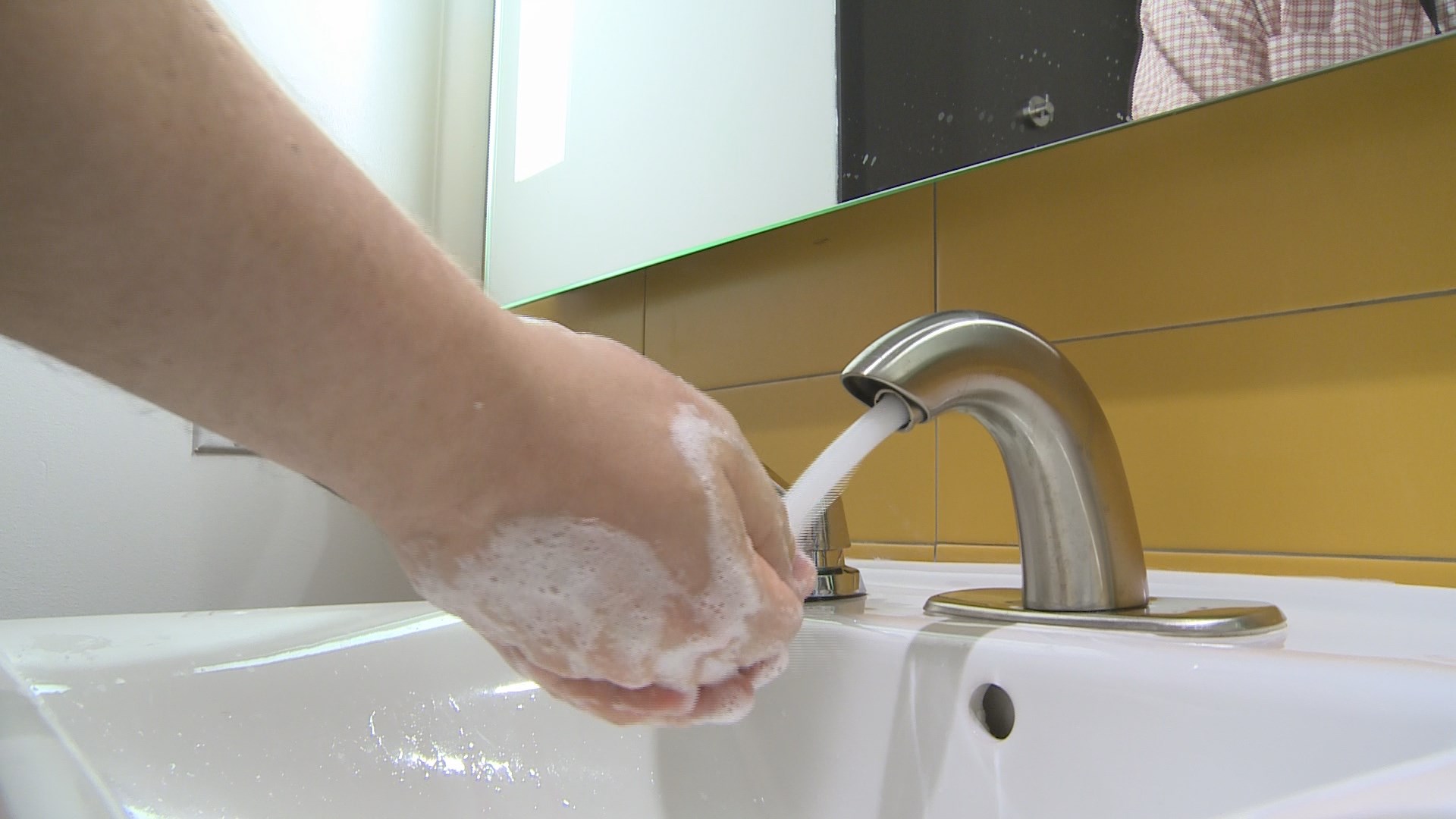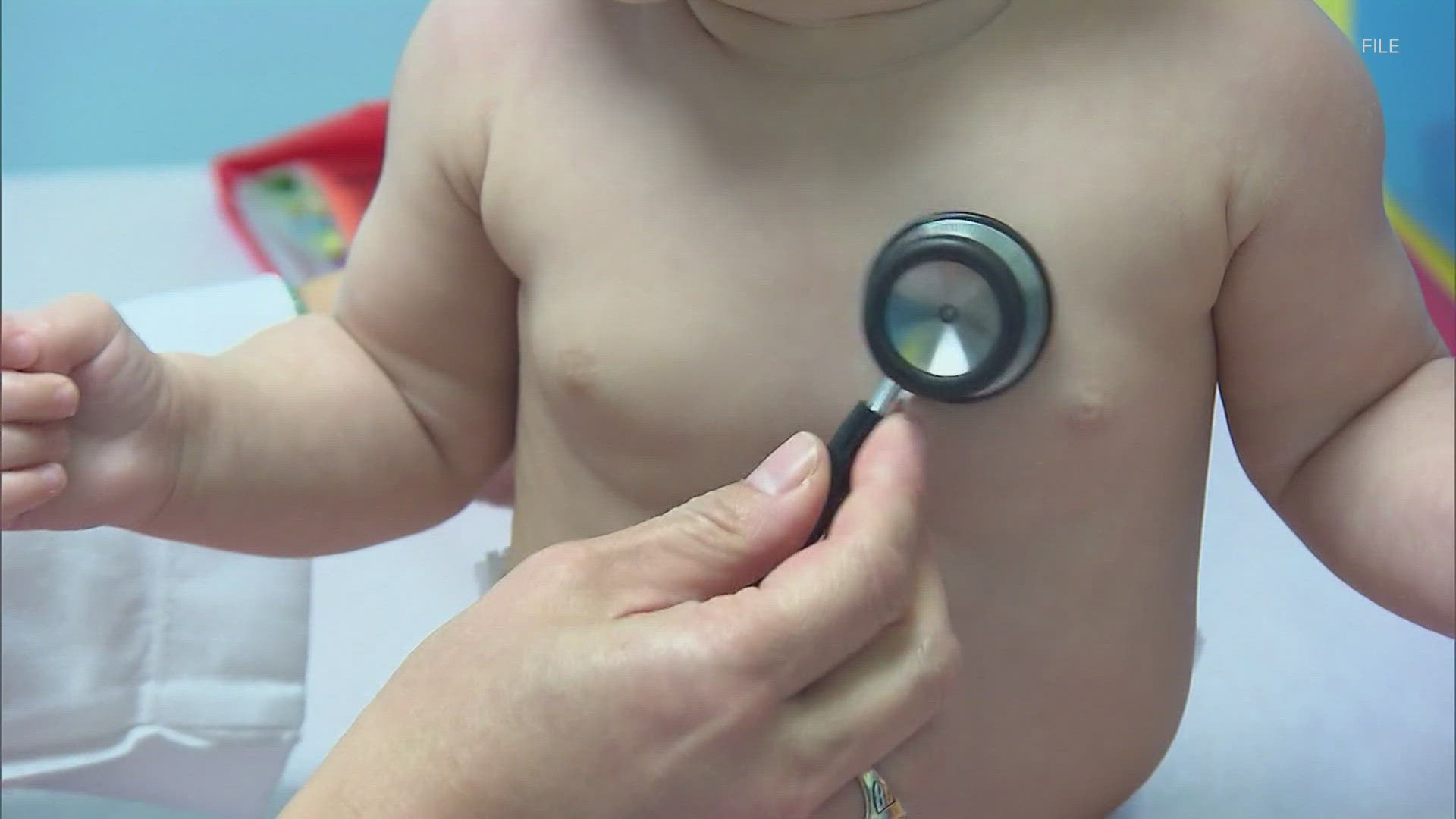If you or your child has been experiencing red, itchy or burning eyes, it could be a sign of conjunctivitis or pink eye.
Viral and bacterial Pink Eye is usually at its peak during cold and flu season but as spring blooms so does allergy caused pink eye. Dr. Wendy Sue Swanson from Children’s hospital tells us that the different causes have similar symptoms.
“I see pink eye all over the place. I see it in my son’s school, I see it in my home and I certainly see it in my clinic and hospital.”
The most common symptoms are redness, itching and tearing of the eyes. The cause could be bacterial, viral or brought on by allergies.
“During the summer it’s more likely to be an allergy than a bacteria, but bacteria can happen during that time. If your child’s older, so over the age of six it’s more likely to be a virus than a bacteria," says Dr. Swanson.
Bacterial conjunctivitis can be cleared with antibiotic eye drops. But with viral – you just have to let your body fight it.
Fortunately, allergic conjunctivitis can be successfully treated with antihistamines.
But, Dr. Swanson says there are steps you can take to help minimize exposure.
“You fight it by preventing spread, so not getting exposed is the easiest way. That relies on a community keeping their kids home when their sick. Hand washing is probably the other biggest way to help your kids avoid it.”
That’s because pink eye can be highly contagious and Dr. Swanson tells us why, “We touch our eyes hundreds of times during the day. So if you’re using hands someone is going to touch their eye, touch a surface, touch your hand and spread a viral or bacterial infection that way.”
That’s why those infected need to wash their hands often and thoroughly.
“Good hand washing will keep your hands clear of those viruses and bacteria and then trying to avoid that eye hand touch” That can be a challenge with young children, but Dr. Swanson says pink eye is generally not a serious infection. “Pink eye in general is not a serious thing, but rarely you can have a more serious infection around the eye spread and even go back to the nerves behind the eye. But the more typical course for a child is a couple days of the white part of the eye getting really red the lining around the eye being really itchy and sometimes getting yellow and green discharge.”
So, if your child brings home a note from daycare or school about an outbreak of pink eye, Dr. Swanson says, “you brace yourself, you wash your hands a lot and you wait. If your child develops symptoms you do as best you can with your instincts. If you’re concerned that it’s not going the right direction I’d always recommend checking in with your child’s doctor.”
The incubation period of pink eye is anywhere from two to 14 days. Only viral and bacterial forms are contagious.


